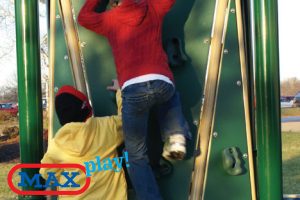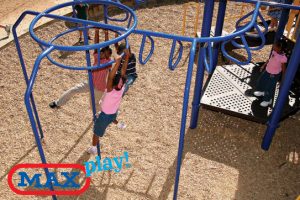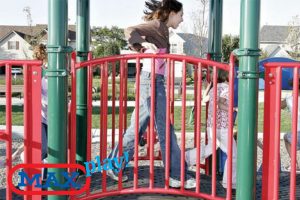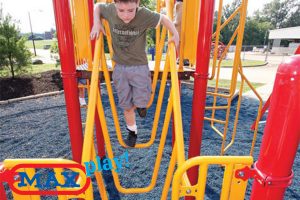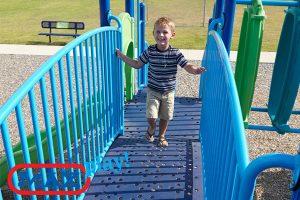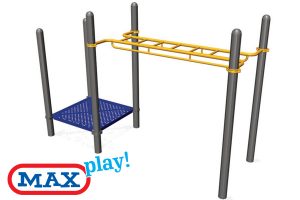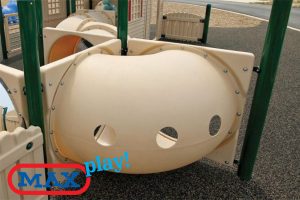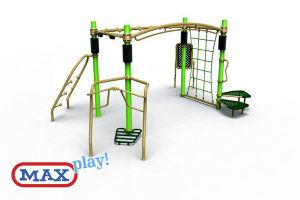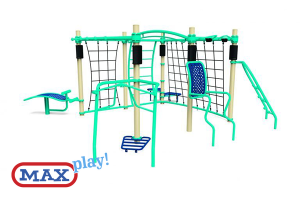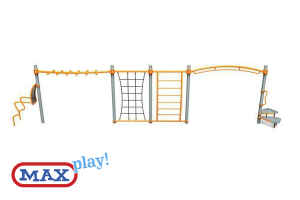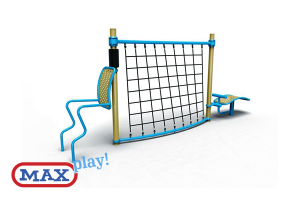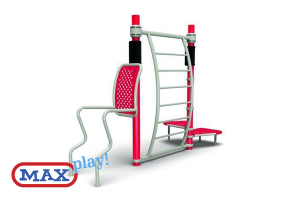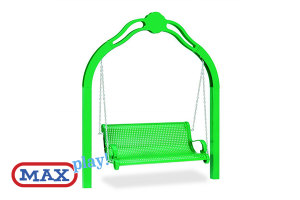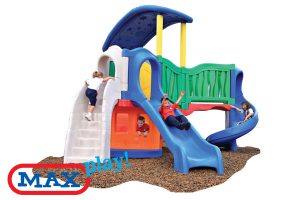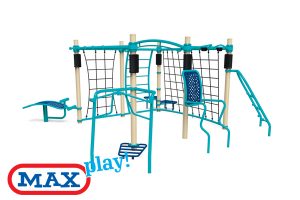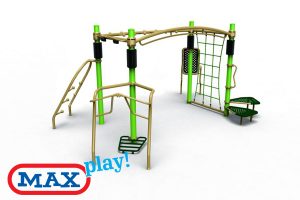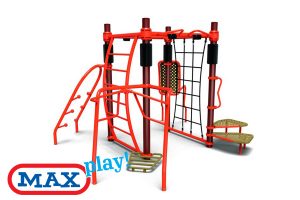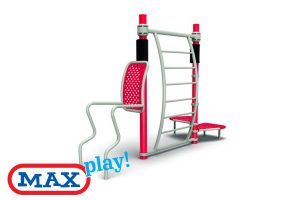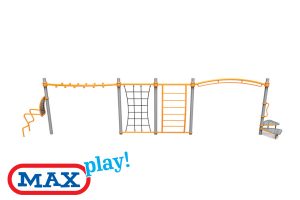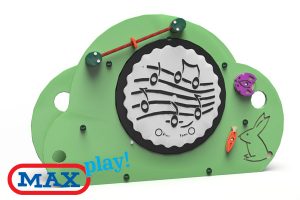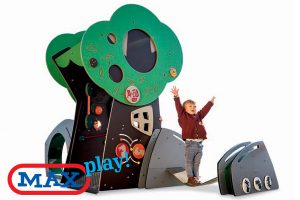BENEFITS OF SWINGING

When you’re a child, there is no greater feeling in the world than flying through the air on a swing. The breeze against your face and the thrill of being airborne are a cherished part of childhood in many parts of the world. But this beloved playground staple is also beneficial to your child’s health and development.
According to the American Academy of Pediatrics, playground equipment, including swings, has as much impact on a child’s development as their time in a formal classroom setting. Swinging is more than just free entertainment — although that’s a huge benefit too! It’s also an excellent way for children to get the exercise their bodies and their brains need.
Swinging is fun. That’s all most children are thinking about as they run toward the swings when they arrive at the park. What kids — and many parents — don’t realize is that swinging has several physical benefits that can help them grow and develop.
- TEACHING BODY AWARENESS
One physical benefit of swinging is improved body awareness, which is your child’s understanding of the movements their bodies can and should make. How does swinging accomplish this? Within your body’s joints are receptors that, when activated, signal the location of those joints. So, when your child is pumping their legs on a swing, their bodies are also taking note of their joint movement. As a child becomes more confident on a swing, you’ll see them pumping harder, for longer.

Swinging also engages the vestibular system, which is located deep inside the inner ear. This system is responsible for the body’s positioning in space and how it responds to the force of gravity. In other words, standing up and staying put. Because swinging is a back-and-forth motion, your body is constantly adjusting its understanding of where it’s positioned, allowing your brain to process and practice understanding how to hold your body in position as gravity pushes and pulls it.
- MOTOR SKILLS AND COORDINATION
Swinging also helps children as they develop coordination because swinging requires children to engage multiple muscle groups at once. They must engage their abdominal muscles to stay upright in the center of the swing, and they must use their legs to keep the swing moving. Their arms are also engaged as they hold onto the ropes or chains holding the swing to its frame.
Because they are engaging their muscles while they swing, they are also exercising those muscles and making them stronger. Stronger muscles will help them engage in other physical activities. And, of course, since they’re engaging these muscle groups, they’re burning energy and staying healthier than their sedentary counterparts.
Learning to pump on a swing — propelling the swing forward and back using body weight and momentum — is the best way to maximize the physical benefits of swinging, but it’s not the only way. For children who are too young to learn to pump or those with special needs, swinging can still provide these physical benefits because they are still engaging a series of muscles when they sit and hold onto the sides.
Another way to get the physical benefits of swinging is found in tire swings. Because they are larger and typically used by two or three children at once, they also engage several different muscle groups at once, teaching coordination, motor skills and helping to form strong muscles.
- SPENDING TIME OUTSIDE

Typically swings are on playgrounds, and playgrounds are outside. The physical benefits of outdoor play in children are vast. Children who play outside get more aerobic exercise and strength training as they run, jump, push, pull and climb. Their bones and muscles are strengthened. Because of this, children who spend regular time engaging in outdoor play burn more calories, which reduces their risk of childhood obesity.
Additionally, children who play outside take in more Vitamin D, a nutrient essential to preventing illness and building strong bones. In fact, children who play outside are at a lower risk of developing chronic childhood illnesses.
- STRESS RELIEF
Most kids aren’t consciously thinking about stress or the role it plays in their overall health and wellbeing. But swinging can actually help calm hyper or anxious children. Just like spending an hour in a hammock can calm an anxious adult, the back-and-forth motion of swinging can calm a child who has had a rough day or been overstimulated at school or during another activity.
CONTACT MAX PLAY
A community playground is a natural place to come together. If your school, park, condo association, or community needs its own play space, contact Max Play to start designing your creative new playground today.









